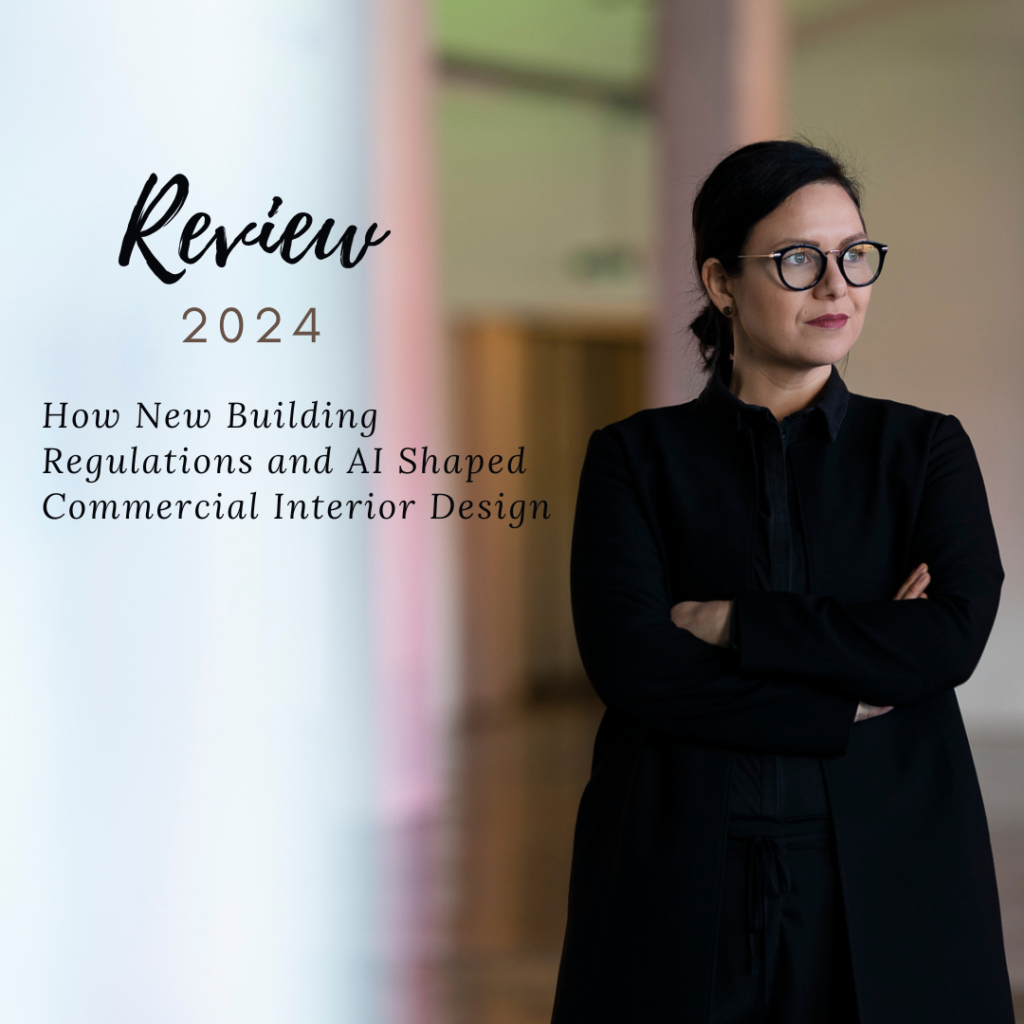- Circular Economy in Focus: How Cradle to Cradle is Transforming the Construction Industry Sustainably.
In the streets of Berlin, a revolutionary concept is hiding, turning our ideas about waste and raw materials upside down. Cradle to Cradle, also known as C2C, is an innovative approach to the circular economy developed by Dr. Michael Braungart and his team. This philosophy aims to view materials as nutrient-rich resources that can be continuously reused in biological or technical cycles.
The C2C NGO is dedicated to promoting the Cradle to Cradle (C2C) concept, which aims to develop sustainable and environmentally friendly products and processes. Through educational work, political advocacy, and collaborations with businesses, the organisation strives to create circular material flows that conserve resources and establish healthy living conditions for people and the environment. With projects such as the C2C Congress, the interactive exhibition “Circle instead of Crisis,” and the C2C Academy, the NGO actively contributes to the transformation towards a circular economy.
1. Introduction: The Importance of the Circular Economy in the Construction Industry
In the construction industry, the circular economy is gaining increasing importance, especially through the Cradle to Cradle concept. This innovative approach views materials as nutrients that continuously circulate in biological or technical cycles. By consistently avoiding waste and using environmentally friendly raw materials, Cradle to Cradle aims to minimize environmental impact and create sustainable products. Berlin has positioned itself as a pioneer in applying this concept, with businesses and NGO partners working together on procuring and producing environmentally friendly materials. Collaboration with experts from various fields highlights the potential of Cradle to Cradle for a forward-thinking circular economy in the construction industry.
2. Cradle to Cradle: Concept and Principles
Instead of following the linear “take, make, dispose” process, Cradle to Cradle emphasizes creating infinite cycles for materials. Products are designed to be either biodegradable and return to nature or contain technical nutrients that can be endlessly recycled. This approach aims to reduce environmental impact and use resources more efficiently. This forward-thinking approach requires a fundamental change in the mindset and actions of the construction industry. Companies and planners face the challenge of designing their processes and products to adhere to Cradle to Cradle principles. This requires not only technological innovations but also a rethinking of material selection, production, and disposal.
Companies and designers applying the Cradle to Cradle principle work to develop products that are not only environmentally friendly but also positively contribute to the environment. It’s about not only causing less harm but actively doing good.
Is Cradle to Cradle the same as the circular economy?
Cradle to Cradle and the circular economy are similar concepts but not identical. Cradle to Cradle refers to a design concept where products are designed to be fully recyclable after their lifecycle without waste or quality loss. The goal is to create a closed loop where materials can be reused without harming the environment. The circular economy, on the other hand, is a broader concept aiming to use resources efficiently, minimize waste, and reduce environmental impact. It encompasses various strategies such as reuse, recycling, and upcycling to ensure sustainable resource management. Overall, Cradle to Cradle can be seen as a specific approach within the circular economy, focusing on product design, while the circular economy is a broader concept affecting the entire economy and society.
3. The Application of Cradle to Cradle in the Construction Industry
In the construction industry, the Cradle to Cradle concept is increasingly being applied. The idea of designing products and materials to serve as nutrients for new cycles at the end of their lifecycle is gaining importance.
Some examples of materials produced according to the Cradle to Cradle concept and used in the construction industry include:
- Wood from sustainably managed forests that is biodegradable or recyclable.
- Recycled building materials such as glass, metal, or plastics that can be used in new construction projects.
- Insulation materials made from natural substances such as hemp, sheep wool, or cellulose, which are biodegradable and environmentally friendly.
- Photovoltaic modules that generate renewable energy and can be recycled after their lifespan.
- Tiles and flooring made from sustainable materials like bamboo or cork, which can be recycled or biodegraded.
Through environmentally friendly procurement of raw materials and partnerships with NGOs, construction companies can shift towards sustainable practices.
Epea is a leading consultancy for C2C certified industrial products.
4. Practical Examples of Sustainable Construction Projects with the Cradle to Cradle Approach
Several impressive construction projects in Berlin have already successfully integrated the Cradle to Cradle concept. An outstanding example is the “C2C Lab” office building in the city centre, which was entirely designed according to Cradle to Cradle principles. Through the consistent use of certified materials and the implementation of closed cycles, a sustainable and environmentally friendly construction method was achieved. The residential project “Cradle Apartments” also sets standards in sustainable construction by using innovative solutions for raw material procurement and material reuse. These practical examples impressively demonstrate how Cradle to Cradle can be implemented in the construction industry and the potential for a sustainable future they hold.
The first C2C office building, “the Cradl,” was recently opened in Düsseldorf’s Medienhafen.
5. Challenges and Potentials of Implementing Cradle to Cradle
Implementing the Cradle to Cradle concept in the construction industry brings both challenges and potentials. Transitioning to circular material procurement requires a rethink throughout the supply chain. Collaborating with partners who understand and can implement the C2C principle is crucial for success. Additionally, production processes must be adapted to minimize waste and allow the return of nutrients to natural cycles. Training employees and raising awareness of sustainable procurement are other aspects that need consideration. Despite the complex challenges, the Cradle to Cradle philosophy offers great potential for the construction industry to develop more environmentally friendly and forward-thinking solutions.
7. Conclusion: Sustainable Changes through Cradle to Cradle in the Construction Industry
In the construction industry in Berlin and worldwide, there is growing interest in Cradle to Cradle (C2C) as a pioneer for a sustainable future. Through the closed loops of the concept, the environment is preserved while valuable materials are continuously fed back into the production process.
Partnerships with NGOs and environmentally conscious companies are crucial to successfully implementing the principles of C2C. Integrating this approach into the construction industry promises not only ecological but also economic benefits. The challenges lie, however, in transitioning traditional production and disposal methods. Nevertheless, already realized projects show that sustainable change through Cradle to Cradle in the construction industry is possible.



